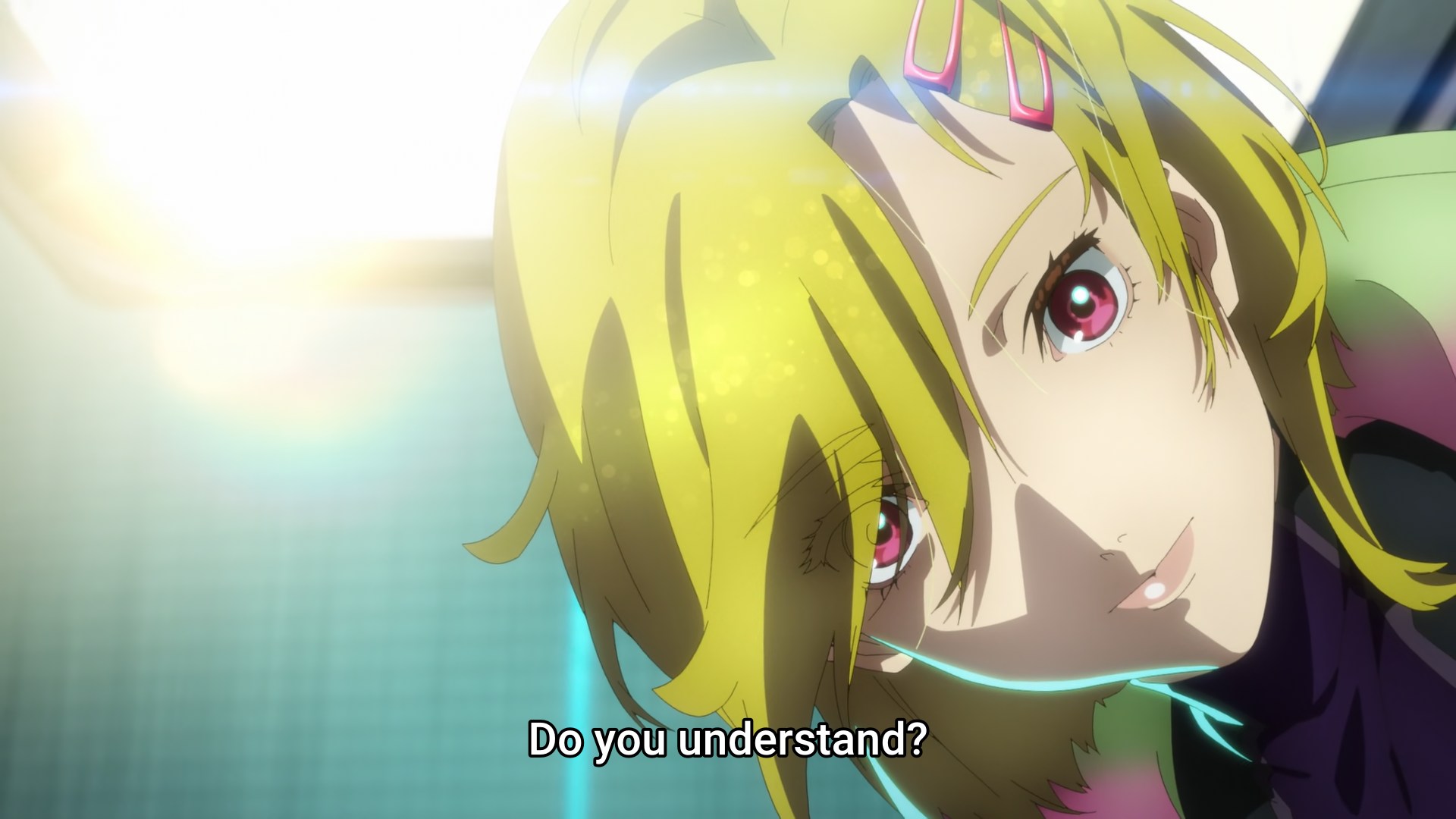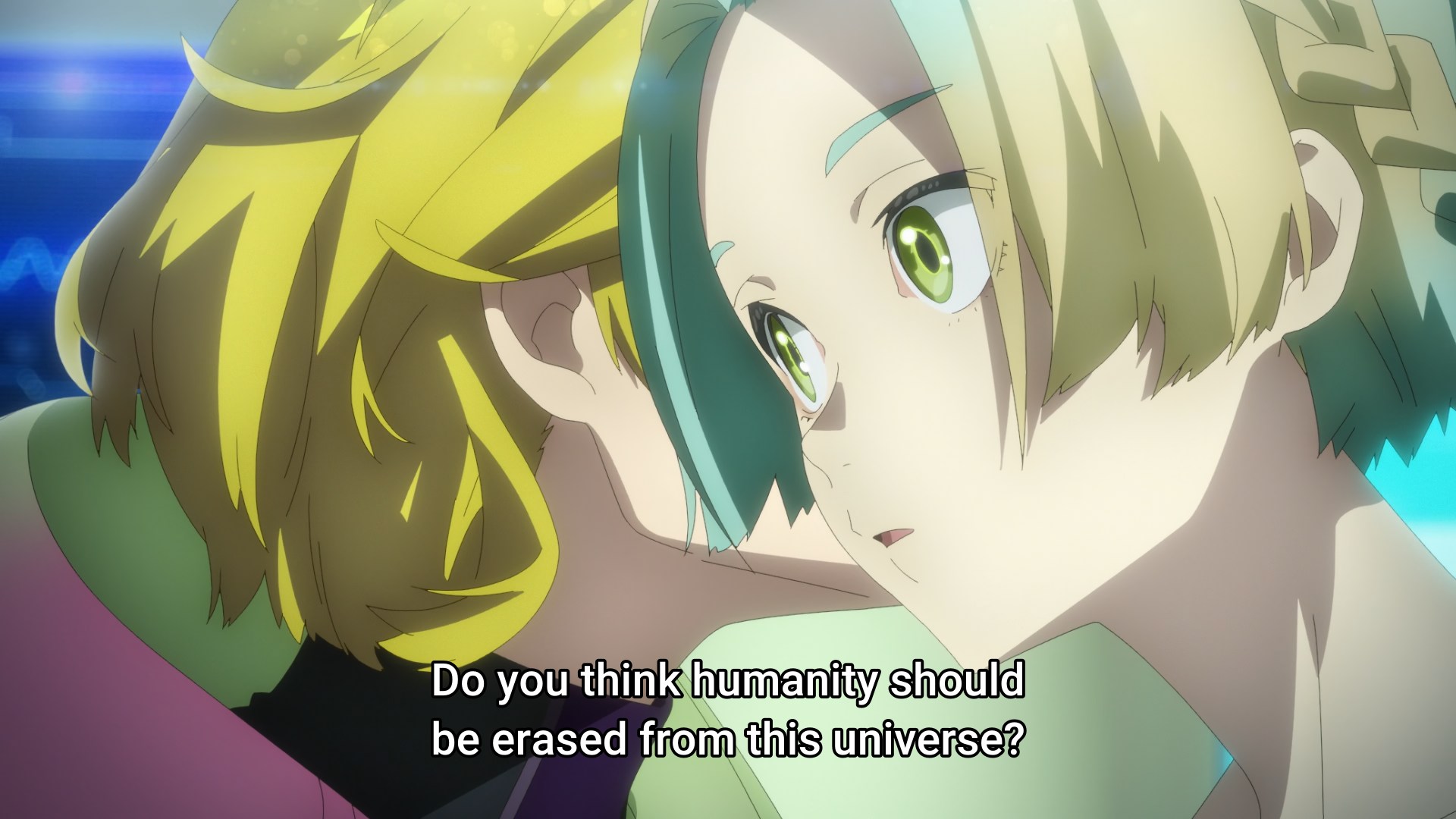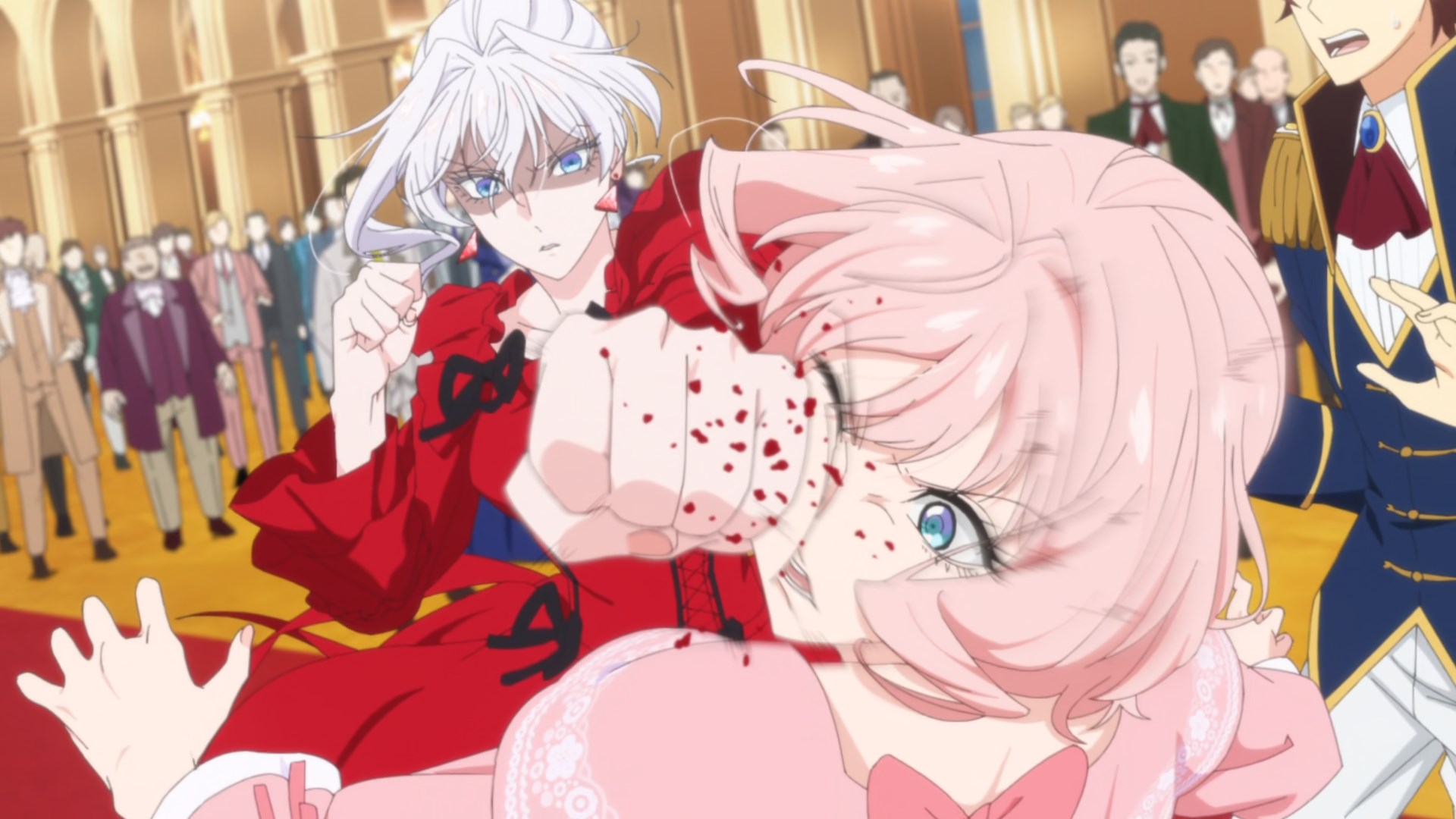Steve Lieber just posted this page of original art from Superior Foes of Spider-Man to Bluesky (login required) and it got me thinking, once again, that he really is the modern equivalent to Kevin Maguire on Justice League:
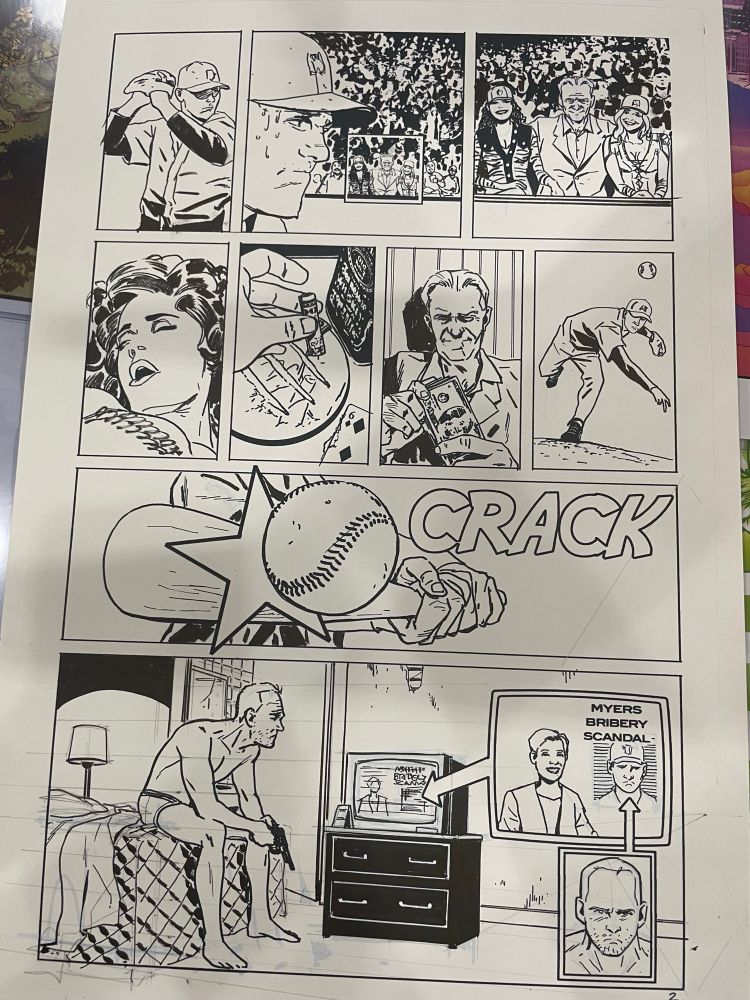
Let me explain. Stylistic they’re not that close, but that’s not the reason. On Justice League Maguire became famous for his use of body language and facial expressions both to convey humour as well as for subtle characterisation that was relatively rare in superhero series. The first work of Lieber I saw meanwhile, Greg Rucka’s Whiteout and Whiteout: Melt was drawn in a more realistic, slightly Kubert-esque style that really fit the story, a murder mystery set in Antarctica. Lieber really made me feel the cold.
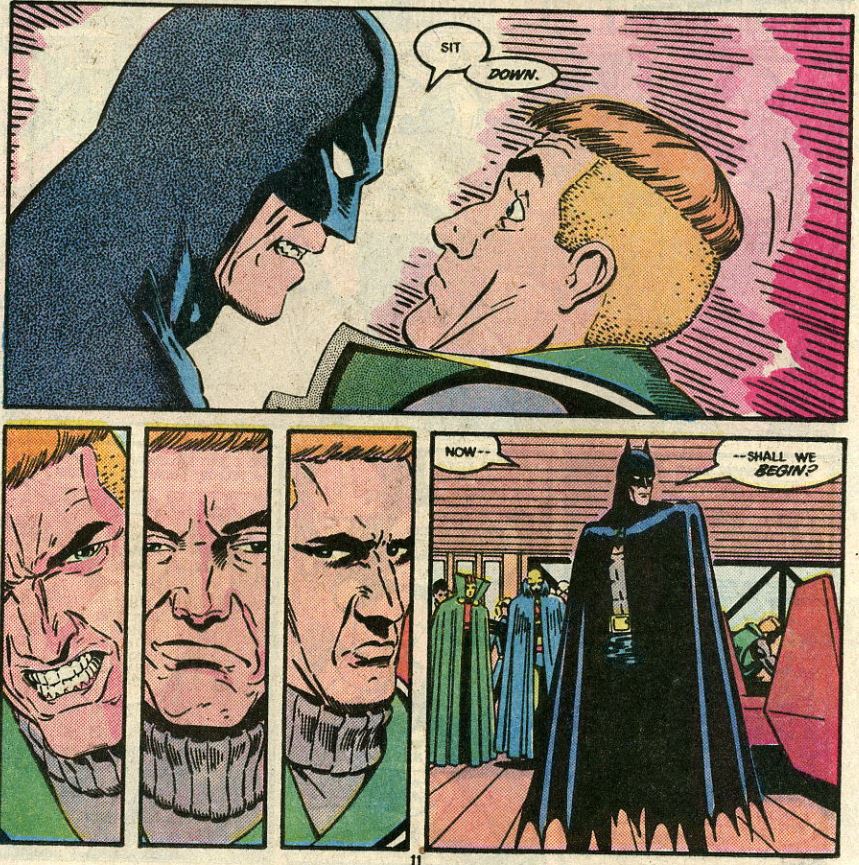
With his recent work for DC however (Jimmy Olsen, One-Star Squadron, Metamorpho), Lieber uses a somewhat simplified, streamlined style that really showcases his talent at depicting body language and facial expressions. The first time I saw his promo art for Jimmy Olsen it therefore immediately reminded me of Maguire’s work. Just look at that original art on top and how easily readable Boomerang’s emotions are by his body language and expression. Granted, they’re not subtle but then Boomerang was never a subtle character.
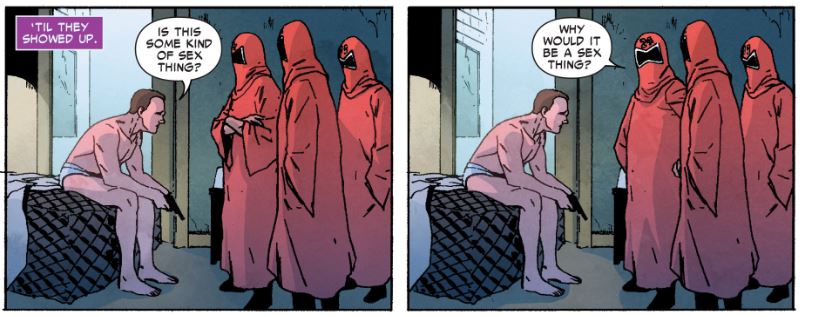
Fred Myers was a professional baseball player who made the mistake of allowing himself to be bribed to throw games and then got caught at it. Because he could throw things hard and fast and because he liked to have a lot of money but not work hard to get it, he became a supervillain. Because he was Australian his first employers, The Secret Empire, called him Boomerang, though in his first appearance I don’t think he actually used any. He was actually supposed to take on the Hulk. Once that obviously failed, he went freelance, still looking for easy money to finance his lifestyle. Not to mention pay his debts to Justin Hammer, the supervillain who supplies tech based villains like him with their suits and weapons.
Boomerang is one of those villains who you can put in most series without needing any complicated reason for him to be there, the perfect one issue villain for your protagonist(s) to beat. He usually plagues Spider-Man or Iron Man so it’s also the perfect opportunity for any new, fledging hero to meet their senpai and get some superheroing tips. A classic “costume versus costume” character, as Steve Gerber called that sort of stories, but nothing wrong with that.
And look again at what an excellent job Lieber does at portraying that first part of Boomerang’s origin in just one page, as well as capturing his mental stage in that last panel. No dialogue needed. It’s about as perfect an origin recap as you can find this side of All-Star Superman.
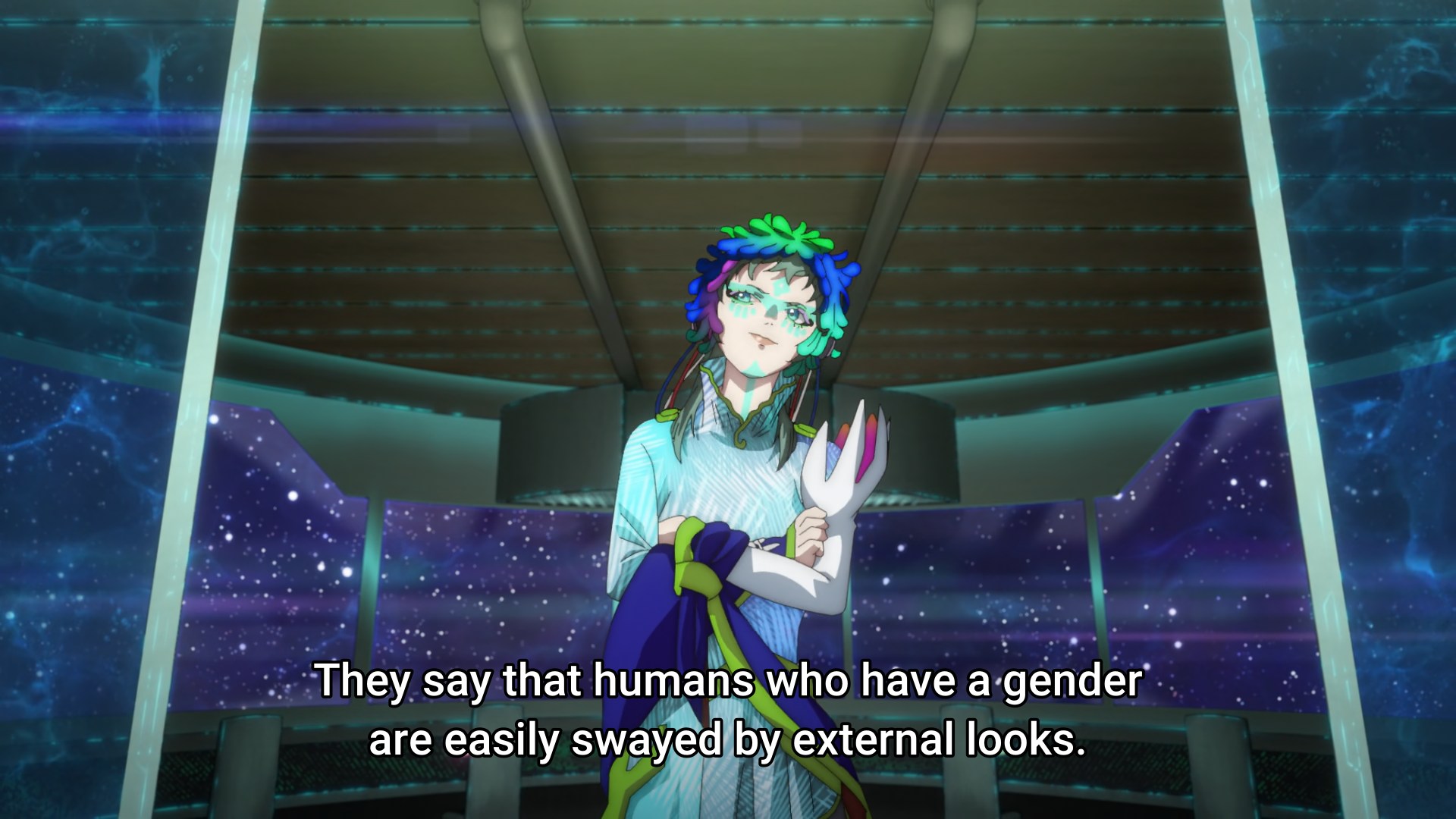
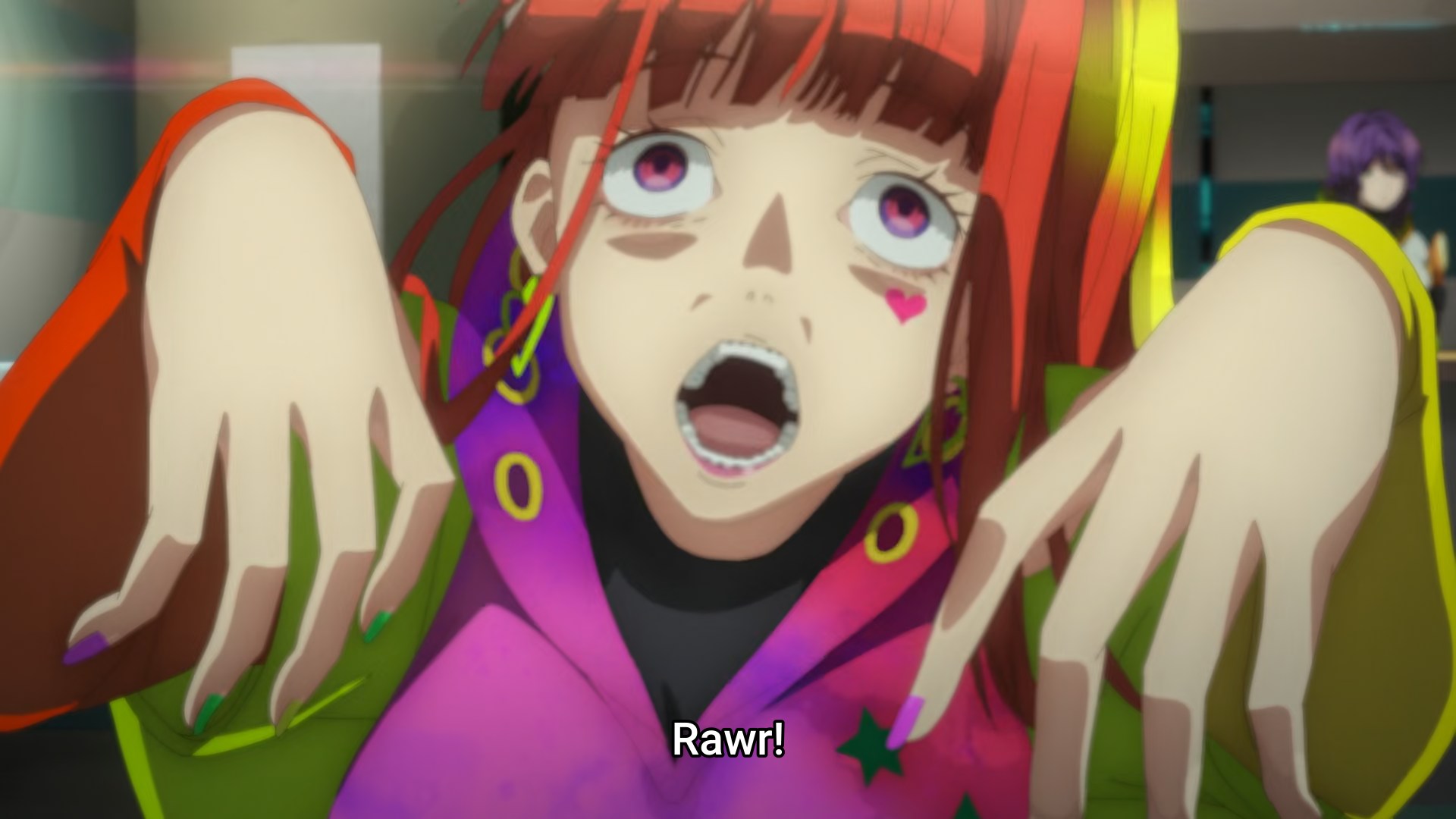
![a close-up on a face of a person with purple hair and one yellow, one brown eye, the face too big to fit in frame], hinting that Yuri might have faked their amnesia](/pictures/wissewords/GNOSIA - 03.jpg)
